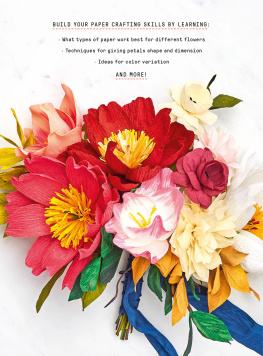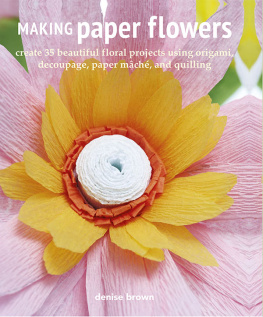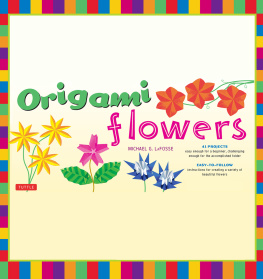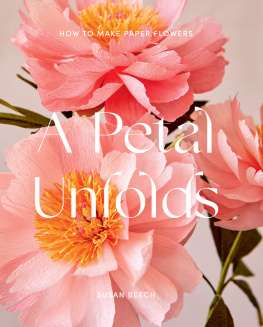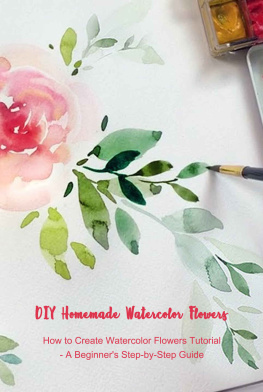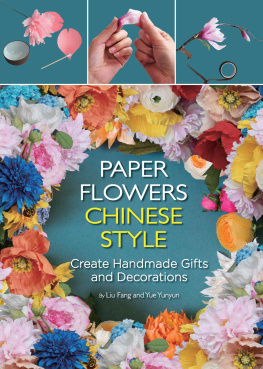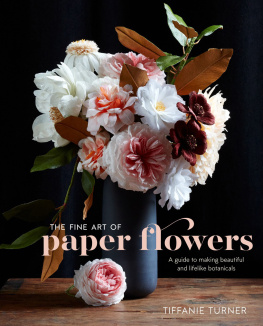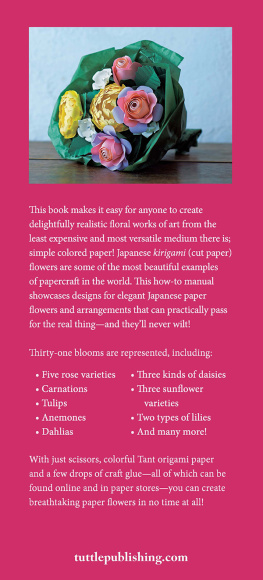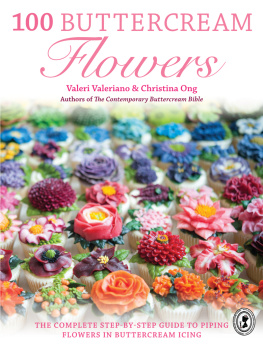Contents
Guide
Page List



Editor: Meredith A. Clark
Designer: Laura Palese
Production Manager: Kathleen Gaffney
Library of Congress Control Number: 2019936963
ISBN: 978-1-4197-4064-0
eISBN: 978-1-68335-881-7
Copyright 2020 Abrams
Photography by Glenn Scott
Cover 2020 Abrams
Published in 2020 by Abrams, an imprint of ABRAMS. All rights reserved. No portion of this book may be reproduced, stored in a retrieval system, or transmitted in any form or by any means, mechanical, electronic, photocopying, recording, or otherwise, without written permission from the publisher.
Abrams books are available at special discounts when purchased in quantity for premiums and promotions as well as fundraising or educational use. Special editions can also be created to specification. For details, contact specialsales@abramsbooks.com or the address below.
Abrams is a registered trademark of Harry N. Abrams, Inc.

ABRAMS The Art of Books
195 Broadway, New York, NY 10007
abramsbooks.com

INTRODUCTION
Welcome to Paper Flowers!

Handcrafted paper flowers are experiencing a revival, becoming increasingly popular among contemporary crafters. The versatility of paper makes flowers a great project choice for a variety of events, decorations, and gifts.
This book is intended to be an introduction to paper crafting through flowers. In it, you will find descriptions of the most popular types of paper, as well as basic tools and materials and how to use them. You will learn beginner and intermediate techniques, such as curling, cupping, and fringing, to add depth and dimension to your paper flowers.
Youll also find step-by-step instructions on how to build five paper flowers, with each tutorial exploring a new technique and a different type of paper. You can then add your own creative touch with the optional coloring techniques using supplies like acrylics, inks, and pastels. Inspiration can be found in nature for color, texture, and shape, all within one flower. Apply your everyday discoveries to your paper flowers and you will be surprised at how playful and modern they turn out. After all, we are not looking to perfectly replicate a flowerinstead, we are trying to capture each flowers unique personality.
Although there are no set rules, the tips and tricks in this book will help you get comfortable with the art of paper flower crafting. With a little bit of cutting, stretching, and gluing, you will be able to create your own one-of-a-kind, beautiful paper flowers.


PAPER BASICS
The most important material you will need to make paper flowers is, of course, paper. Different types of paper work better for different flowers. Consider the weight, texture, and color of the flower you want to create as you select the paper youll use to build it. You can stick to the recommended paper on each tutorial, or try different paper and follow the suggested adjustments at the end of the instructions. As you progress, you will want to experiment with different qualities and types of paper in your flower projects.
Types of Paper
Here are the most common and popular types of paper used to make paper flowers, as well as many other paper crafts.
CARDSTOCK PAPER
from 50 lb to 110 lb
Cardstock paper is a thicker version of the regular text-weight paper you find in an office printer. Cardstock is readily available at a number of craft stores and found in a wide variety of colors. It generally comes in 8-by-11-inch (21.5-by-28-cm) sheets that vary in thickness. Because its so thick, its not easy to manipulate into lifelike petals, but it works great for modern and oversize flowers and is perfect for paper flower backdrops that need to be sturdy and durable. Decorating cardstock paper usually requires opaque media, including acrylics and layered paper techniques.
FINE CREPE PAPER
32 g and 60 g
Fine crepe paper is thin and delicate with a smooth finish and a gentle stretch. Its translucency gives petals a lifelike quality that other papers lack. You can color fine crepe with chalk pastels for gradients and use markers for petal edges. For added sturdiness, you can fuse two sheets of fine crepe into a sheet of doublette with spray adhesive or fusible bonding web. Fine crepe works great for making flowers with many petals, like the butterfly ranunculus. In a pinch, crepe paper streamers can give you a similar effect to fine crepe paper.
DOUBLETTE CREPE PAPER
90 g
Doublette crepe paper, also known as German crepe paper or double-sided crepe paper, actually refers to two sheets of fine crepe paper fused together, but the result feels completely different from the original material. Doublette paper stretches just the right amount to shape petals and has a smooth texture. The grain is not as noticeable as with heavier crepe, and there are no horizontal machine lines. Doublette paper comes in double-sided folds that measure approximately 10-by-49 inches (25-by-124 cm), and each side has a slightly different colorlike bubblegum and rose, or olive green and forest green. When gently wet with a brush, both colors will blend together. You can color doublette paper with alcohol inks, watercolors, and India inks; it absorbs paint beautifully.
FLORIST CREPE PAPER
100 g, 160 g, and 180 g
Florist crepe paper, also known as Italian crepe paper, is thick and textured paper with a fantastic stretch that allows you to create deep, sculptural petals. It is sturdy and will hold its shape well, but most brands have horizontal machine lines every 2 inches (5 cm) that you may want to avoid when cutting your petals. There are some florist crepe paper brands that have no machine lines.
TISSUE PAPER
20 g to 24 g
Tissue paper is widely accessible and often used for gift wrappinggiving you a great way to upcycle your gift-wrapping materials. It does not stretch, but it can be dyed in wonderful shades. In a pinch, coffee filters can give you a similar effect to tissue paper.

